Observations on Transportation and Bathrooms in Beijing, China
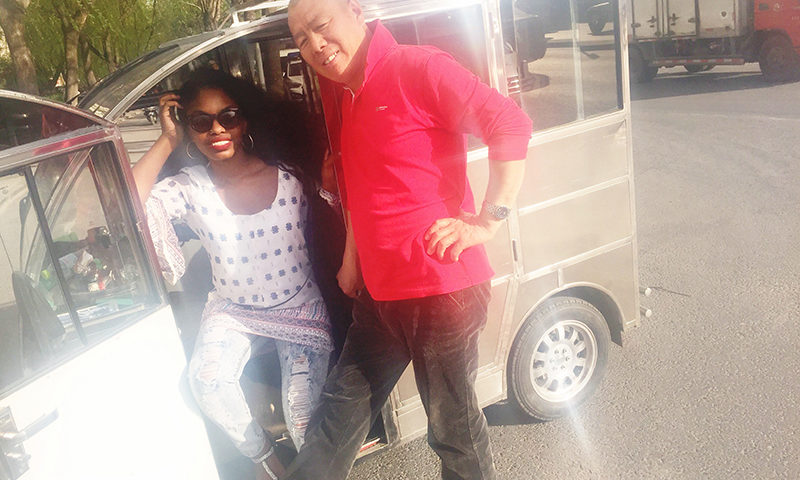
by Afia Yeboah, Greenheart Travel Homestay Teacher in China
你好.
Nǐmen hǎo! Hello, Everyone.
Today is Day 5 in Beijing! I think time is flying!! Today I tutored the boys in English. I tutor them five times a week for three hours a day. I also got some of my TEFL (Teaching English as a Foreign Language) coursework done. This certification that I am obtaining online will allow me to teach abroad in almost any country, including China, on a teacher’s contract for a year or so.
I decided to use this day mostly as a day of rest, and because it was more on the uneventful side, I can talk about more of the cultural things that I’ve noticed here that I haven’t touched upon yet:
The Bathroom Culture
Many of the bathrooms in Beijing have squatters for toilets. What that means for women in particular is that you have to squat over the toilet into a suction hole. There is no actual toilet base and seat.
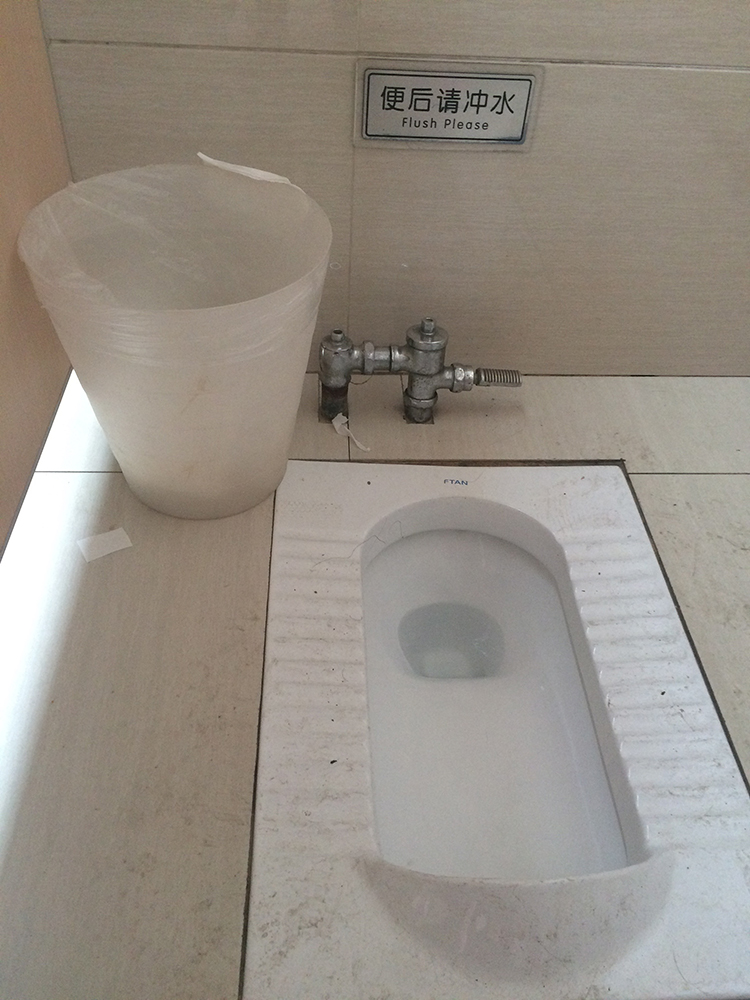
I was pretty shocked to see this at first and I’ve noticed bathrooms with toilets like this in a lot of public places like restaurants and parks, but never in a home. I haven’t brought myself to try out the squatter, because frankly I don’t trust my squatting abilities, so luckily I’ve had the option of using the more common toilet.
When it comes to public restrooms, it is encouraged to carry your own tissue with you at all times, because some bathrooms will not have toilet paper. The bathrooms that do carry toilet paper normally carry it outside of the stall where you typically wash and dry your hands.
What about the babies? And while we’re on still on the subject, the way that babies use the bathroom here is unique as well! There are no changing stations in the restrooms here. On any given day it’s pretty common to see the babies using the rest room in public, right on the street. You’ve read that right!
In fact, many of the babies wear pants that have a hole in the back, for the use of easy access for squatting and doing their business in public. Basically, whenever the babies “have to go”, the parents let them squat and go in public on the side of whatever street they are on. Someone shared with me that this is an alternative for parents who can’t afford pampers. I’m still not too sold on the “hole in the butt for babies” bottoms, but hey, to each his own!
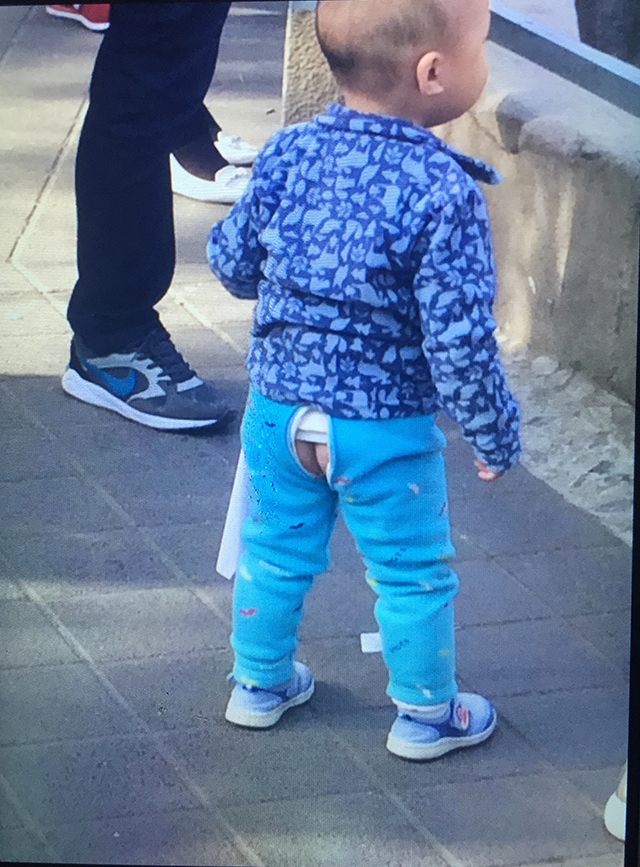
The Transportation Culture
I literally can’t even watch the road here. Whenever I’m in a taxi or another type of public transportation called a rickshaw, (a pretty cool method of transportation that’s a mini car cart with one wheel in the front, two wheels in the back), I find myself cringing at least once during the ride through the city.

The driving here is crazy! It looks as if people are making up the rules as they go, turning on red, whoever was there first goes, delayed signaling and a lot of honking. If I am to watch the road, I clinch very often because I’m afraid that every other second I am about to witness a collision. So I just don’t. I don’t watch and I pray to myself that I will make it to my destination safely.
It’s been working out for me! Haha. Also a lot of adults in Beijing don’t have their driver’s license because the traffic is heavy and the subway is such a popular mode. The rickshaws tend to be more of a negotiated price, by distance. The taxis are typically a little less expensive than a rickshaw, and fairly inexpensive in general.
The Beijing Subway
I touched on this a little in my last post, so today I can expound a little more. It’s a pretty extensive system made up of 16 color-coordinated lines, almost expanding out to the entire Beijing. It’s a fairly inexpensive mode of transportation. It’s not too hard to navigate because almost everything is translated into English. All of the announcements on the metro are read aloud in English, after the Chinese reading first.
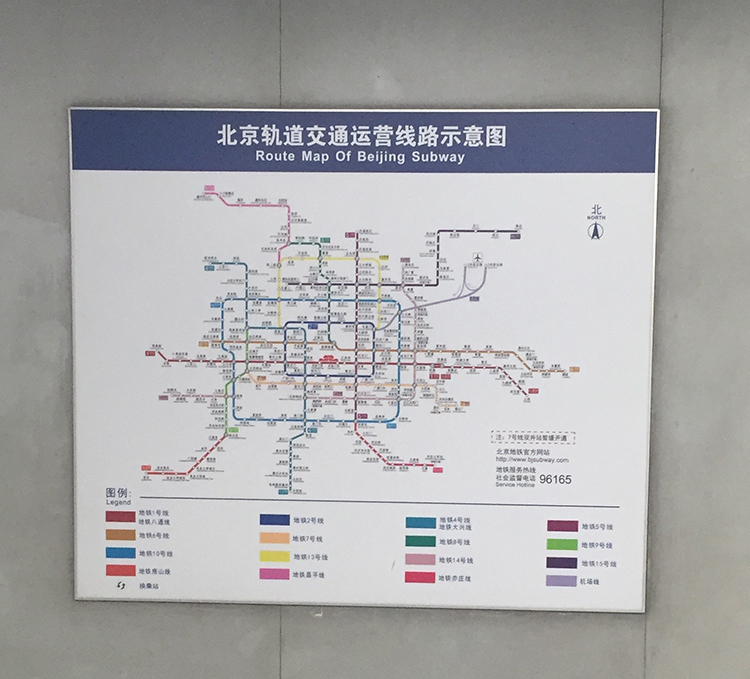
Furthermore, if you know the name of your destination, you can read which line you’re on and also read the pinyin of the destination, the written lettered form of Chinese, for easy distinction. It’s a pretty good system that’s made transferring to different lines simple and easy.
Be aware however that the stations get really crowded and pretty often on the metro all of the seats are taken and there are people packed like sardines, all standing up. This is the norm during rush hour after work. Also if you’re a foreigner like me, don’t be surprised if people take random pictures of you. I get that a lot here ☺
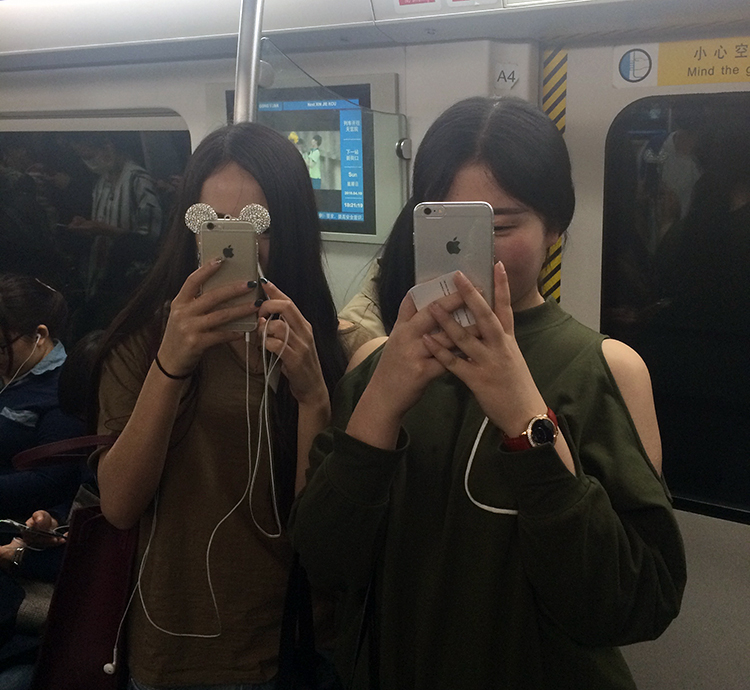
There are a lot more cultural distinctions to be discussed so stay tuned for more.
In the meantime, Zaijian! Which means, goodbye, in Chinese.
Fi 飞